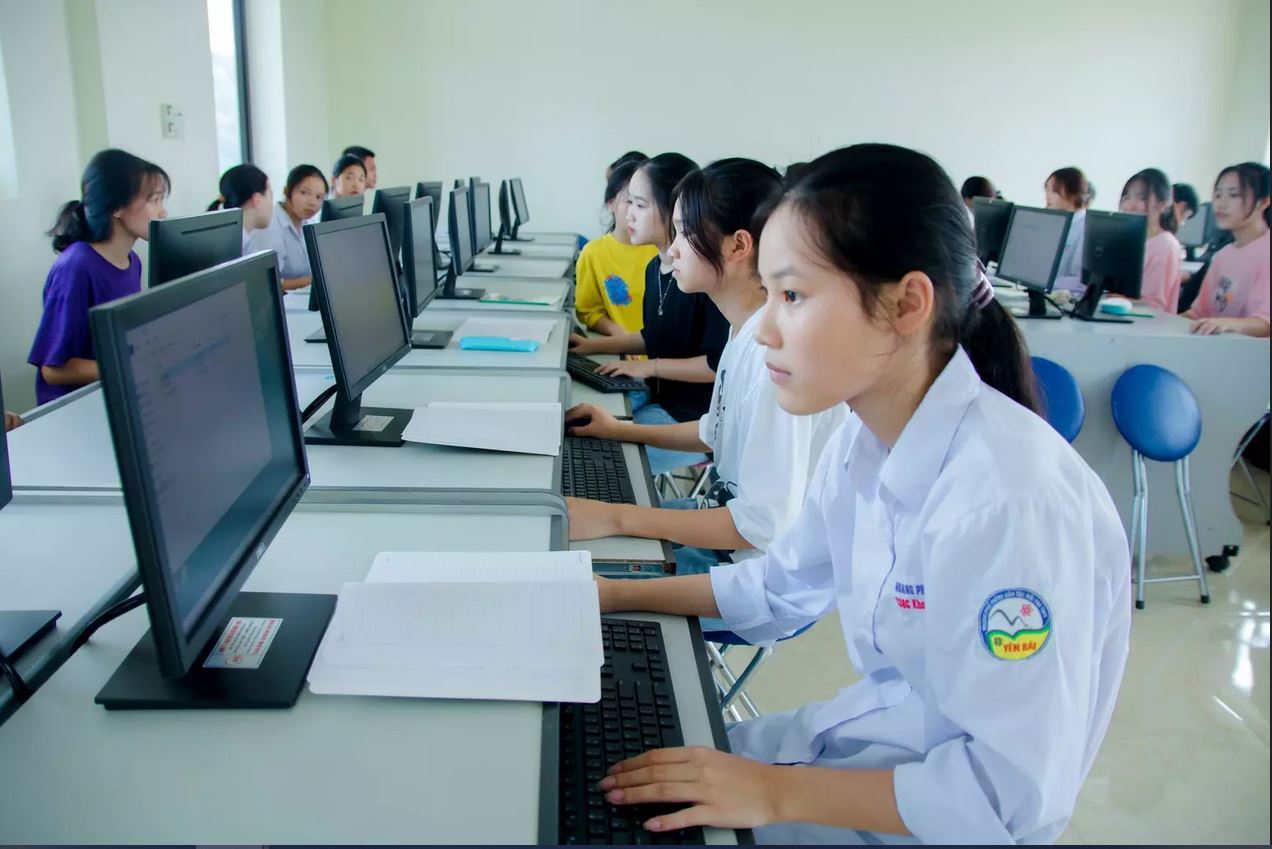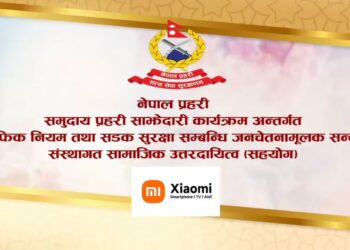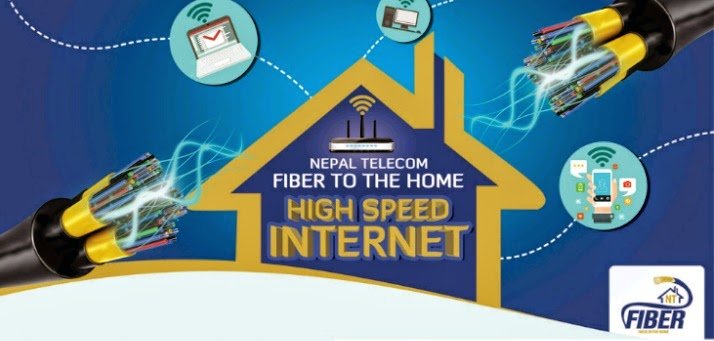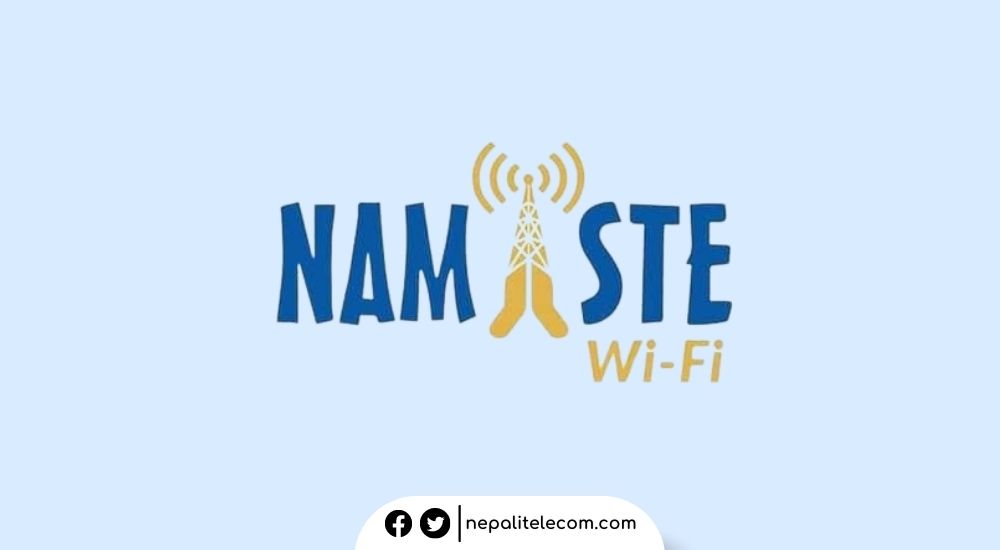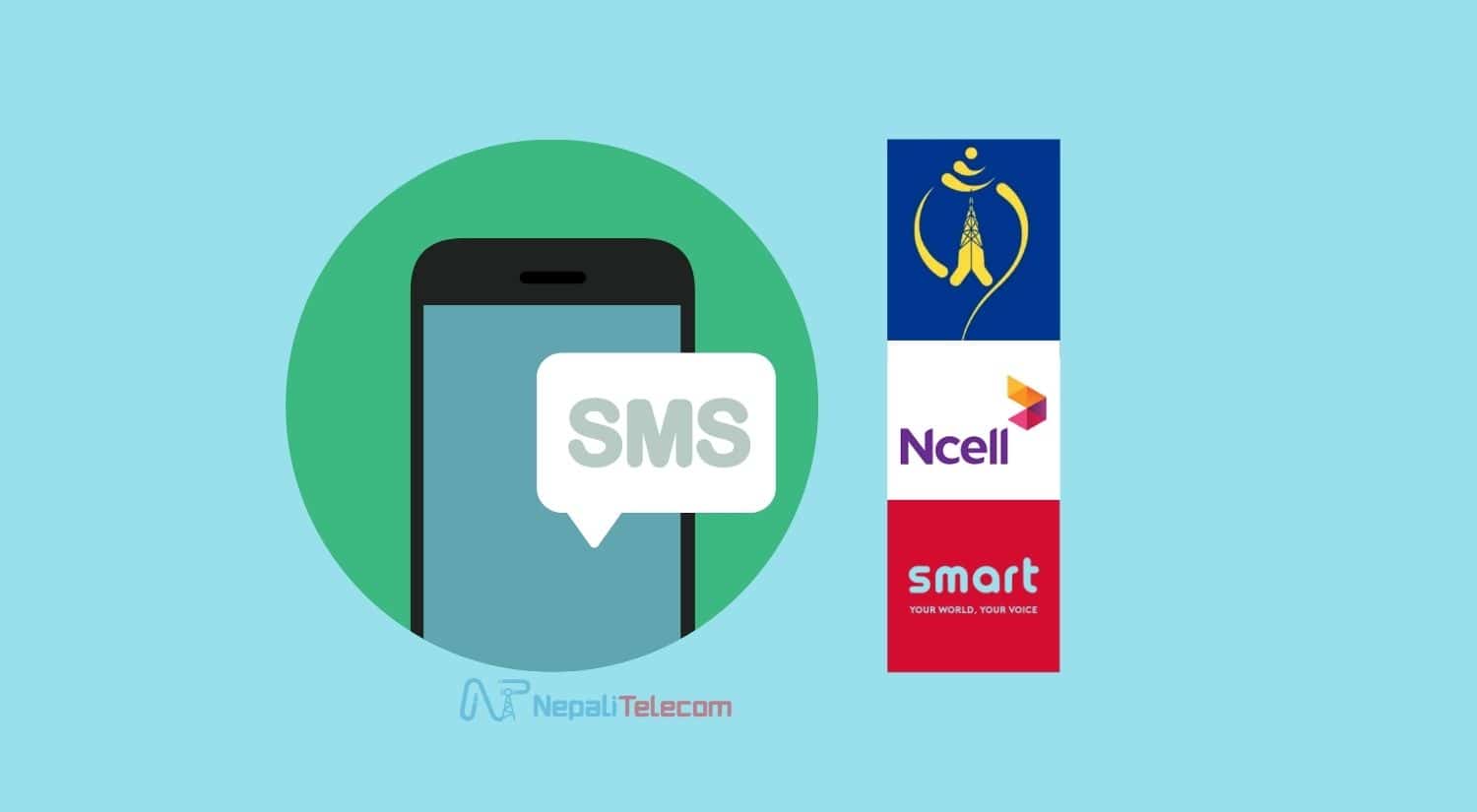Huawei has suggested 3 ways to build a sustainable and digital Asia-Pacific. Baifeng Lin, (Simon Lin) President, Huawei Asia Pacific Region, Huawei Technologies teased the roadmap for an eco-friendly and digital transformation in the populous region.
Digital trials have become the norm in the last two years. In an effect, people, businesses, and organizations have focused their attention on the digital world and its efficacies.
Asia-Pacific (APAC), one of the most populous regions in the world, is a fast-growing economy with the global digital landscape. The region represents two-thirds of the world’s population. Meanwhile, the region would also reap a dividend of more than $1.7 trillion annually.
Meanwhile, covid-19 can’t be overlooked for forcing the global thirst for digital transformation. Experts have even said that the pandemic might have expedited the digital transformation by seven years and 10 years in the APAC region.
To stand in line with this trend, several countries have adopted national-level digitalization strategies. For example, Singapore has released its Smart Nation 2025 vision. Indonesia and Malaysia, have unveiled their own Go Digital roadmap. Similarly, Bangladesh has forwarded its Digital Bangladesh blueprint. Nepal, likewise, released the Digital Nepal Framework in 2019. Thailand has also announced a vision to become a Digital Hub in ASEAN.
Technically, Mr. Lin says that Asia-Pacific requires a digital economy in combination with the leading ICT solutions. Besides, an open and green industry ecosystem is only going to strengthen as the soil for innovation. “We will need to chart an effective course that addresses gaps in equality to normalize the playing field,” he adds.
Also see: Huawei Cloud is the Fastest Growing Cloud Service in APAC
1. Build ICT infrastructure for a digital economy
Building infrastructure is the foremost key to a digital economy. The ICT has proved how indispensable it is for the recovery post-pandemic. Connectivity and computing are the lifeblood of digital transformation.
The connectivity closes the digital divide and offers new education and employment opportunities. Similarly, enterprises resort to the cloud, connectivity, and AI to optimize their businesses.
But the preparedness for the digital shift still varies. For example, China is stepping into the data dividend and information dividend, and Southeast Asia (SEA) is still under the peak phase of the demographic dividend. Meantime, in China, 5G has been widely covered across the country and the penetration rate is more than 40% – 100+Mbps fiber home pass rate is over 90%.
But the large-scale use of 5G has only just started in only some SEA countries. In SEA, 4G mobile coverage is slightly above 50%, and fiber broadband reaches one-third of households. Cloud penetration in the region is an unflattering of less than 20%, which indicates huge space for data monetization and industry digitalization.
Do read: Nepal has Great Potential for Digital Transformation: Huawei Nepal CEO
5G is already a game-changer and helps for the sustainable digital Asia-Pacific
Meanwhile, 5G has already emerged as a game-changer in key industries. It is gradually being used in health, education, and industries. For example, Siriraj Hospital, the largest in Thailand, launched the first 5G smart hospital in the ASEAN region featuring smart logistics, 5G ambulance, and smart inventory management.
According to Professor DrPrasitWatanapa, Dean of Faculty of Medicine Siriraj Hospital, Mahidol University, “The 5G smart hospital project will be a new model for modern medical facilities. 5G provides the high-speed connections needed to ensure seamless transfer of patient data and operation of telemedicine equipment.”
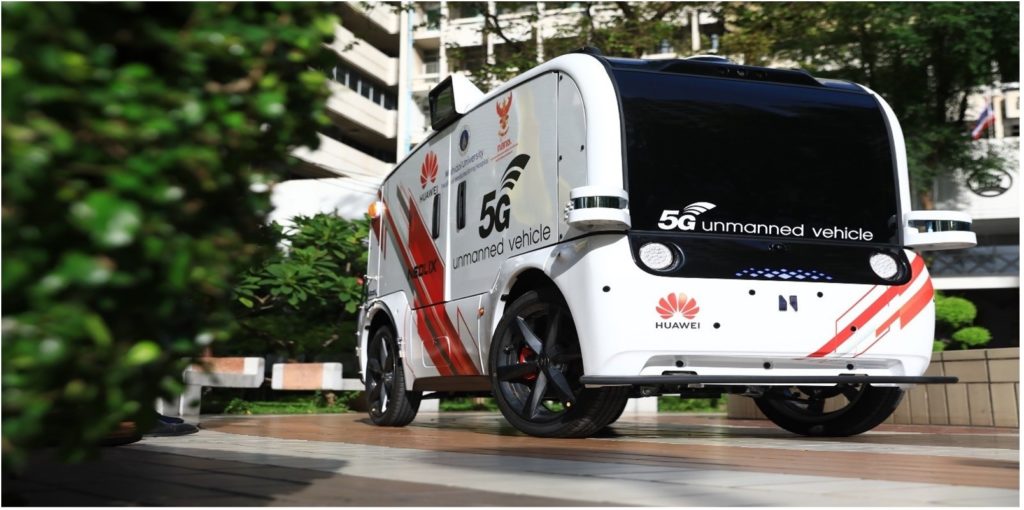
Similarly, digital infrastructure is playing an equal if not more important role. Bangladesh has made great efforts and implemented a network in over 2600 townships, accounting for 60% of the country’s total townships. This has enabled social well-being services that include e-government and finance.
Also in Malaysia, In Malaysia, HEXA Food established an Internet of Things (IoT) team to train a chilli identification model on Cloud ModelArts. The image recognition technology of Atlas 500 quickly and accurately identifies the quality of chillies. Intelligent AI-powered sorting eliminates errors in manual sorting and improves efficiency by 50%. The technology is also called “the kingdom of spices”.
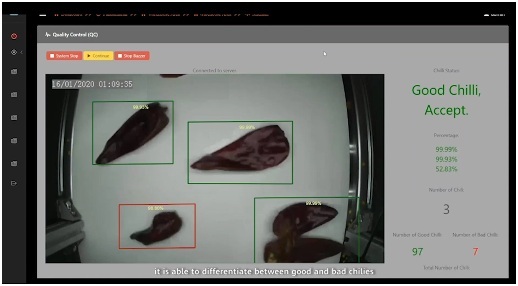
Check out: Smart City in Nepal, Need more ICT Infrastructure and Digitalization Needed
2. Create an open and green ecosystem
While digital transformation is sweeping through the industry, they are also left with brazen questions. Questions such as how they can survive and develop resilience in the environment of uncertainties have pervaded industries.
The accelerating digital economy and low-carbonization have the capacity to create new business models, new production relationships, and new value distribution systems. Therefore, the world needs a year for a healthier and greener industry soon.
For this, complying with a digital APAC will create an open and collaborative ICT ecosystem. This ecosystem includes government, partners, operators, and all stakeholders. They together will shape opportunities for transformation in different industries.
A joint open lab in Singapore is its prime example. The lab can be used by companies, academics, agencies, etc. Here, they gain access to cutting-edge robotic solutions, AI development kits, digital twins, etc for research.
Check out: Huawei APAC Digital Innovation Congress Begins in Singapore
Towards a low-carbon neutrality
Digital power technologies are vital to stimulate a greener future. Many countries have already made initial strides in it. Thailand, for example, has started installing photovoltaic (PV) rooftops in over 1200 convenience stores. This will reduce carbon dioxide emissions by more than 1300 tons every year.
If AI and cloud in PV are used, it will make solar power plants reliable and build a foundation for solar to become the main energy source.
3. Chart a sustainable and inclusive course
However, President Lin for Huawei APAC suggests we should be aware that half the world still remains out of internet access. In the APAC itself, the internet penetration remains below half of the total population at 48.4%. By 2023, the APNIC Foundation, predicts the figure to increase to 72%. This translates to 3.1 billion users. So, we have a chilling possibility of over a quarter of the region’s population being left out of internet access.
It is not acceptable in a world that is growing digital. Services such as mobile payment, government services, digital education, etc. will all ‘act as gateways’ to anyone and help understand under-served communities.

One good example of this is the ability to receive an education regardless of education. In the Philippines, PLDT-Smart Foundation (PSF) worked with the tech company to promote the School-in-a-Bag project.
Under this project, each backpack comes with a laptop for the teacher, 20 tablets, and a Smart LTE pocket Wi-Fi kit. It significantly enhanced the students’ learning capabilities, helped children absorb their lessons, and improved the teaching strategies. Recommended: Huawei Unveils IntelligentRAN Wireless Architecture
Our future is digital
Technology is powerful and can level the playing field. It has diversified use cases in education, healthcare, and jobs for anyone. It will continue to revolutionize industry across the globe and manage the world’s resources for a sustainable and green future.
In the Asia-Pacific region, the digital economy is stirring social recovery enabling a resilient future. Technology offers synergies for public-private industry participation across countries and scenarios. Therefore, as the world strives for a quick digital future, we should also strive to focus on the harmony that exists between the real world, and the digital world ahead.
Should the Asia-Pacific take further steps for a sustainable and greener region? Do offer your input in the comments below.


